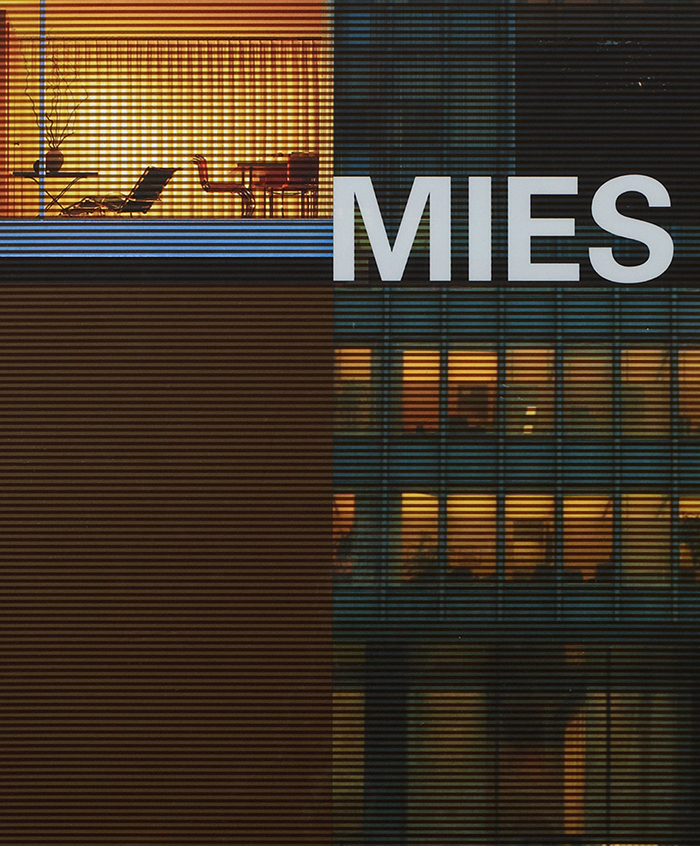Mies
“Of all the things I’ve written and said – and I’ve written and said a lot – there’s nothing I want to take back, except maybe ‘Less is a bore’ … From our position now, there’s no doubt to me that Mies was one of the great masters of the twentieth century, and all architects should kiss the feet of Mies van der Rohe because of his accomplishment and what we can learn from him.”–Robert Venturi, 1986

An essay by Detlef Mertins
Heralded in his lifetime as the heroic inventor of the all-glass skyscraper – the genie behind the curtain wall, master of modularity, philosopher of perfection – Ludwig Mies van der Rohe became, for critics of modernism, the destroyer of familiar traditions and the architect of cold technology and faceless bureaucracy. He had been attacked by conservatives throughout his life, but beginning in the 1970s, a younger generation of progressive architects and critics sought to define themselves in opposition to him. He was called boring, anti-historical and authoritarian. Urbanists riled against the destruction of the traditional city and the endless proliferation of neutral glass boxes for which he seemed to stand.

Room reflecting in glass wall of apartment in Lake Shore Drive building designed by Mies.
Having been cast as a leader of the ‘International Style’, Mies was later held responsible for creating the universalizing modernism carried by his followers into the corporate boardrooms of America and disseminated from there to the far reaches of the globe. For social critics the spacious elegance and material sumptuousness of Mies’s buildings were no longer appreciated for redeeming instrumental rationality but were seen to aestheticize the alienation, exploitation and dehumanization of mass society.
Yet Mies gradually re-emerged, and by the turn of the millennium he was widely celebrated once more, not only as a looming figure of the twentieth century but also as an active presence in contemporary architectural culture. Having defined modernism of the post-World War II period more than any other architect, Mies served to inspire a renewal of modernity after postmodernism and was in turn reborn through it.
Like this new modernity, Mies has become more complex and contradictory, less black or white; in fact he now appears both black and white, dark and light, complicit and resistant, classical and modern, ordinary and extraordinary. Today it is possible to see him as part of an alternative stream within modernism, amongst those who produced unresolved contradictions, excluded middles and active – if not corrosive – compounds.
